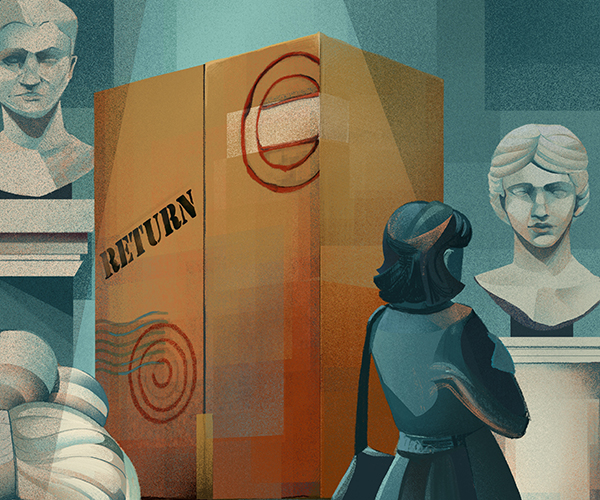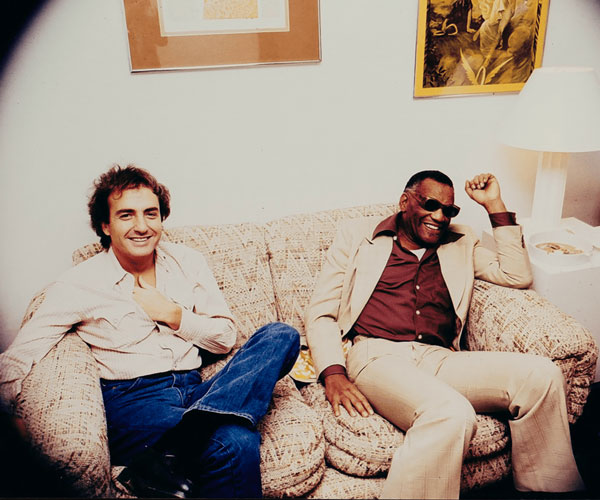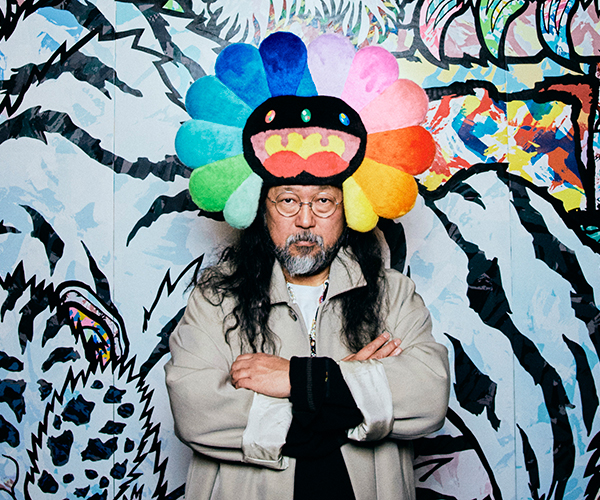While millions of people were awaiting the Mayan apocalypse of Dec. 21, 2012, Jon Seydl was immersed in the historic and epic disaster that befell the Roman city Pompeii in A.D. 79. Seydl, the Paul J. and Edith Ingalls Vignos Jr. curator of European painting and sculpture (1500-1800) at the Cleveland Museum of Art, has long been fascinated with Pompeii, which was buried in ash and pumice when Mount Vesuvius erupted in the Italian region of Campania near Naples.
The disaster was the subject of an 1834 novel by Edward Bulwer-Lytton, several films and a TV miniseries. The ill-fated city has also captured the imaginations of artists spanning three centuries, many of whom will be featured in The Last Days of Pompeii: Decadence, Apocalypse, Resurrection, opening Feb. 24.
Pompeii's culture of sexuality, violence and gluttony may have ended suddenly, but the public's fascination with the infamous city has never waned. "Every generation has created its own Pompeii," says Seydl. "I think it's a combination of interest in recreating a world using architectural evidence to tell new stories and a fascination with the disaster itself. It was a total cataclysm and, at the same time, it was a very personal event. What people are interested in about Pompeii has changed over time but the interest has remained."
Following the eruption of Mount Vesuvius, Pompeii and its inhabitants were literally frozen in time as an estimated 15 feet of volcanic ash encased humans, animals and architecture. The Cleveland Museum of Art exhibit features several of the well-known body casts made from the holes in the ash left after bodies decayed.
"We want people to think of them as sculptures rather than artifacts," says Seydl. "It's incredibly immediate. You really feel like you're seeing these people and animals at their final moments."
The exhibit, which includes pieces from the United States, England, Italy and France, highlights works from such diverse artists as Allan McCollum, Mark Rothko and Andy Warhol. McCollum's original The Dog From Pompei has been expanded to a collection of 16 such dogs and is one of the most powerful displays of the exhibit.
Rothko, an acclaimed Russian-American artist, was fascinated by Pompeii and incorporated the emotion of the city into large-scale paintings commissioned for the Four Seasons restaurant in New York City's famed Seagram Building. Rothko's works are dominated by deep red colors signifying Pompeii's eroticism and excess. The pop-art savant Warhol was yet another Pompeii devotee, and his Vesuvius paintings are certain to attract attention from museum visitors.
The ultimate attraction of the exhibit, which has drawn admirers during a run at the J. Paul Getty Museum in California, is a fascination with the classical world and our modern day concerns over mortality.
"On the one hand, it gives you this amazing view to the past," says Seydl. "On the other hand, you have the impossibility of ever knowing what actually happened. In the 18th century it was all about getting at the truth. Now we are more interested in an awareness of history — what we know and what we can't know."
During the 19th century it was common for Pompeii to be used as a metaphor for the end of the world. That allegory became popular again following the Sept. 11 attacks on the World Trade Center when survivors were coated in ash from a darkened sky. More recently, Pompeii was referenced in the wake of the wide destruction created by Hurricane Sandy.
"This exhibit is a very powerful, very moving experience," says Seydl. "The human element [of Pompeii] is inescapable."



